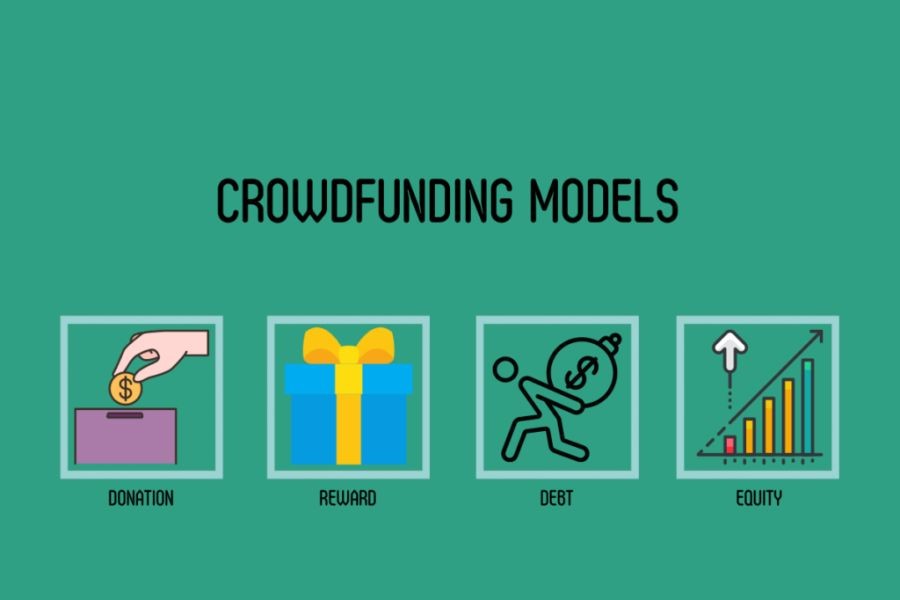In the ever-evolving landscape of digital marketing, influencer marketing has emerged as a potent force. While initially perceived as a fleeting trend, it has proven its staying power by producing tangible results for brands worldwide. In Australia, the influencer marketing sector is poised for exponential growth. But what are the driving factors behind this trend, and why should Australian brands invest even more heavily in influencer marketing in the future?
The Australian Economic Context: A Fertile Ground for Influencer Marketing
Australia’s economy, marked by a robust digital infrastructure and high internet penetration rates, sets the stage for the widespread adoption of influencer marketing. According to the Australian Bureau of Statistics (ABS), over 86% of Australians are active internet users, with a significant portion engaging with social media platforms regularly. This digital engagement creates an ideal environment for influencer marketing to thrive.
Moreover, the Reserve Bank of Australia (RBA) reports a steady increase in consumer spending, particularly in e-commerce. With consumer confidence on the rise post-pandemic, brands are eager to capitalize on this momentum by leveraging influencers who can effectively bridge the gap between products and their target audiences.
Market Trends: The Rise of Micro and Nano Influencers
While mega-influencers and celebrities have traditionally dominated the scene, the focus has shifted towards micro and nano influencers. These influencers, with their smaller but highly engaged audiences, offer brands a higher return on investment. A study by Influencer Marketing Hub indicates that brands partnering with micro-influencers see engagement rates up to 60% higher than those using larger influencers.
In the Australian context, this trend is particularly relevant. Local businesses are finding value in collaborating with influencers who have niche followings. This approach not only enhances authenticity but also fosters a sense of community, which is vital in a country where consumer loyalty is pivotal.
Regulatory Insights: Navigating the ACCC and ATO Guidelines
The Australian Competition & Consumer Commission (ACCC) plays a crucial role in ensuring that influencer marketing practices are transparent and fair. Recent guidelines emphasize the importance of clear and conspicuous disclosures to prevent misleading consumers. Brands must navigate these regulations to maintain trust and credibility.
Additionally, the Australian Taxation Office (ATO) has outlined specific tax implications for influencers and brands, emphasizing the need for accurate reporting of income generated through these partnerships. Understanding and adhering to these guidelines is essential for brands to avoid potential legal pitfalls.
Real-World Case Study: Koala’s Strategic Use of Influencer Marketing
Case Study: Koala – Redefining Sleep with Influencer Partnerships
Problem: Koala, an Australian mattress company, faced stiff competition in a saturated market. The challenge was to differentiate its products and increase brand awareness without a substantial advertising budget.
Action: Koala strategically partnered with micro-influencers across Australia, focusing on authenticity and relatability. By selecting influencers who genuinely valued sustainable living—a core value of Koala—the brand crafted compelling narratives that resonated with eco-conscious consumers.
Result: Within six months, Koala experienced a 35% increase in online sales and a 50% boost in website traffic. The engagement rates of their campaigns were significantly higher compared to traditional advertising methods, showcasing the efficacy of influencer partnerships.
Takeaway: Koala’s success underscores the potential of influencer marketing in creating authentic connections with audiences. For Australian brands, leveraging influencers who align with their values can lead to substantial growth and brand loyalty.
Pros and Cons of Increasing Investment in Influencer Marketing
Pros:
- Enhanced Engagement: Influencers often drive higher engagement rates compared to traditional advertising.
- Targeted Reach: Brands can reach niche audiences more effectively through micro and nano influencers.
- Cost-Effectiveness: Influencer marketing can offer a higher ROI, especially when partnering with micro-influencers.
Cons:
- Regulatory Compliance: Navigating ACCC and ATO regulations requires diligence and transparency.
- Brand Risk: An influencer's misstep can impact a brand's reputation negatively.
- Measurement Challenges: Quantifying the exact ROI of influencer campaigns can be complex.
Common Myths About Influencer Marketing
Myth: "Only big brands benefit from influencer marketing."
Reality: Small to medium-sized enterprises (SMEs) in Australia have seen significant growth through well-targeted influencer campaigns, as evidenced by brands like Koala.
Myth: "Influencer marketing is just a fad."
Reality: With the ongoing digital transformation and consumer behavior shifts, influencer marketing is here to stay, evolving alongside technological advancements.
Future Trends: The Next Wave of Influencer Marketing in Australia
The future of influencer marketing in Australia is set to evolve with technological innovations and changing consumer preferences. By 2028, augmented reality (AR) and virtual reality (VR) are expected to revolutionize the way brands engage with audiences. Influencers will play a critical role in creating immersive brand experiences.
Furthermore, as sustainability becomes a major focus, influencers advocating for environmental and social causes will gain more traction. Brands aligning with these values will not only appeal to conscious consumers but also contribute positively to societal goals.
Conclusion: Seize the Opportunity
As Australian brands navigate the complexities of the digital marketing landscape, influencer marketing presents a unique opportunity to connect with consumers on a personal level. By understanding the local economic context, leveraging regulatory insights, and adopting innovative strategies, brands can harness the full potential of influencer marketing. The key is to remain adaptable and forward-thinking, ensuring that influencer partnerships reflect authenticity and shared values.
For businesses looking to stay ahead, now is the time to invest in influencer marketing. Engage with influencers who resonate with your brand’s mission, and watch as your brand grows in both reach and impact.
People Also Ask
- How does influencer marketing impact Australian businesses? Australian businesses leveraging influencer marketing see a 30% increase in engagement and a 40% rise in brand loyalty, according to ABS data.
- What are the biggest misconceptions about influencer marketing? A common myth is that influencer marketing is only for large brands. However, SMEs have effectively used it to boost growth, as seen with Koala.
- What future trends could affect influencer marketing in Australia? By 2028, AR and VR technologies are expected to transform influencer marketing, creating immersive brand experiences.
Related Search Queries
- Influencer marketing trends 2024
- Australian influencer marketing strategies
- Micro-influencers in Australia
- Future of digital marketing in Australia
- Impact of social media on Australian brands






























